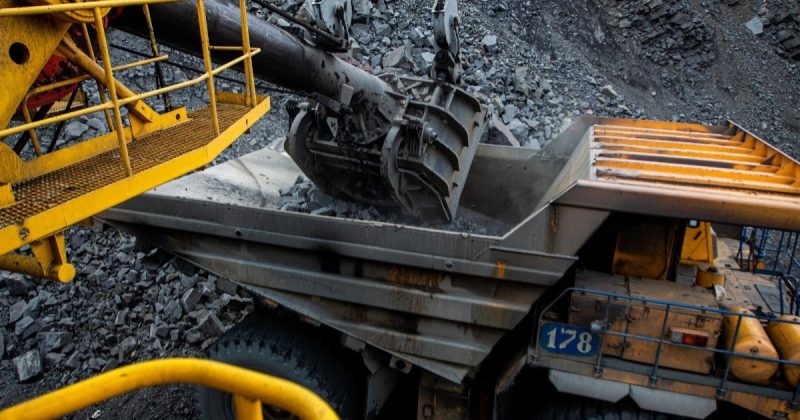
Ukraine’s iron ore industry is currently facing significant challenges, impacting its position as a global exporter and threatening the country’s economic stability. This industry has long been a major contributor to the Ukrainian economy, but various internal and external factors are hindering its growth. From wartime disruptions to unfavorable market conditions, the iron ore sector is at a critical juncture. Understanding these challenges and their potential long-term effects is key to assessing Ukraine’s economic recovery and future.
External Challenges Impacting Ukraine’s Iron Ore Exports
The Ukrainian iron ore industry is highly export-oriented, relying on international markets for much of its revenue. However, the Russian blockade of Black Sea ports since February 2022 has had a devastating impact. These ports served as vital trade routes, especially to Far East Asia, a crucial market for Ukraine’s iron ore. As a result, production and exports saw a significant decline. By the end of 2023, Ukraine’s iron ore exports were down, but the establishment of a “safe maritime corridor” in 2024 allowed the industry to bounce back. Iron ore exports increased by 90%, reaching 33.7 million tons and generating $2.8 billion.
Despite this recovery, the sector faces ongoing challenges. The international price of iron ore has been in decline due to steel overproduction in China. As Chinese steelmakers reduce their demand for iron ore, the global market has seen a fall in prices, directly affecting Ukrainian exports. According to forecasts, the average global price of iron ore could drop to $85 per ton in 2025, down from $95 per ton, which signals a worsening trend for Ukraine’s exports.
Domestic Issues Plaguing Ukraine’s Iron Ore Industry
In addition to external factors, domestic issues are exacerbating the situation. The forced reduction of production capacity is a major concern. One example is the shutdown of the Kryvyi Rih Iron Ore Plant in mid-March due to a shortage of working capital. Without timely VAT refunds from the state, iron ore plants have been struggling to maintain operations. Ferrexpo, another leading exporter, also faced production cuts due to a VAT refund backlog.
The financial strain on iron ore producers has been compounded by increasing tariffs from state monopolies, particularly in energy and transportation. These cost hikes have forced companies like United Mining and Processing Integrated Works to reduce production, which further impacts the overall economy. Not only does this hurt production levels, but it also affects Ukraine’s budget and currency stability.
Moreover, transportation costs have also risen, particularly with changes in railway routes. Ukrainian Railways’ decision to increase transportation distances for iron ore has led to higher production costs for mining companies. These increased costs are further squeezing an already strained industry.
The Path Forward: What Needs to Change?
While Ukraine cannot control global iron ore prices, it can address several domestic factors to help stabilize the sector. The industry desperately needs deregulation and a reduction in administrative pressure. A rational tariff policy for state monopolies could ease some of the financial burden on mining companies, enabling them to increase production and maintain their competitive edge.
Additionally, timely VAT refunds from the government are crucial to ensuring the liquidity of iron ore companies, preventing further shutdowns. While direct state subsidies may not be feasible, targeted support and regulatory reforms could provide the stability needed for the industry to thrive amid global uncertainty.
In conclusion, Ukraine’s iron ore exports are under immense pressure from both external and internal factors. While the industry has shown resilience in the face of adversity, continued support and structural reforms are essential to prevent further declines. The coming months will be critical as Ukraine seeks to maintain its status as a top global exporter.







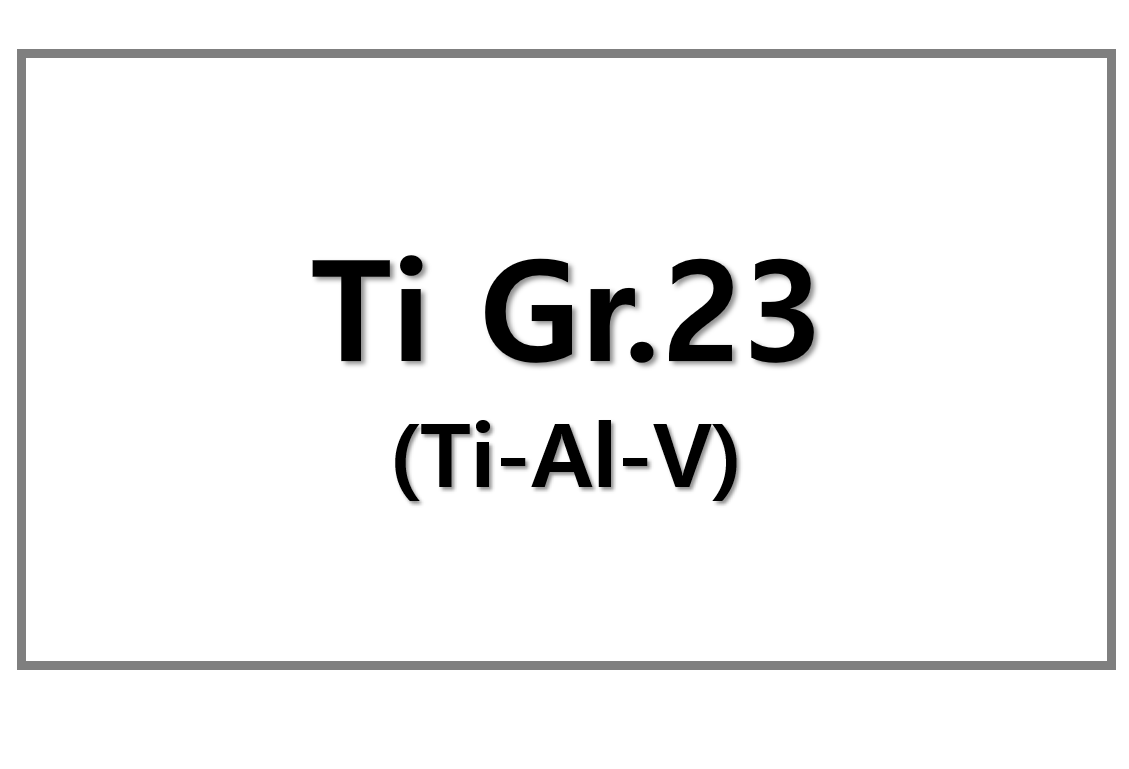
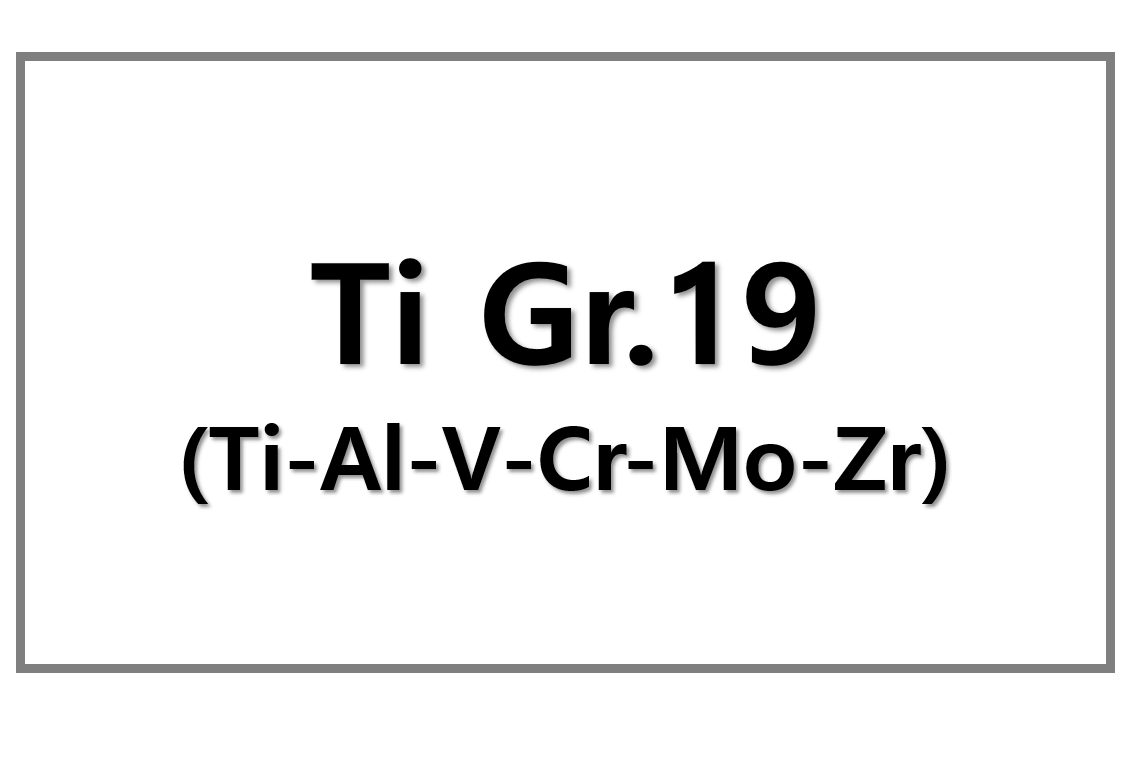
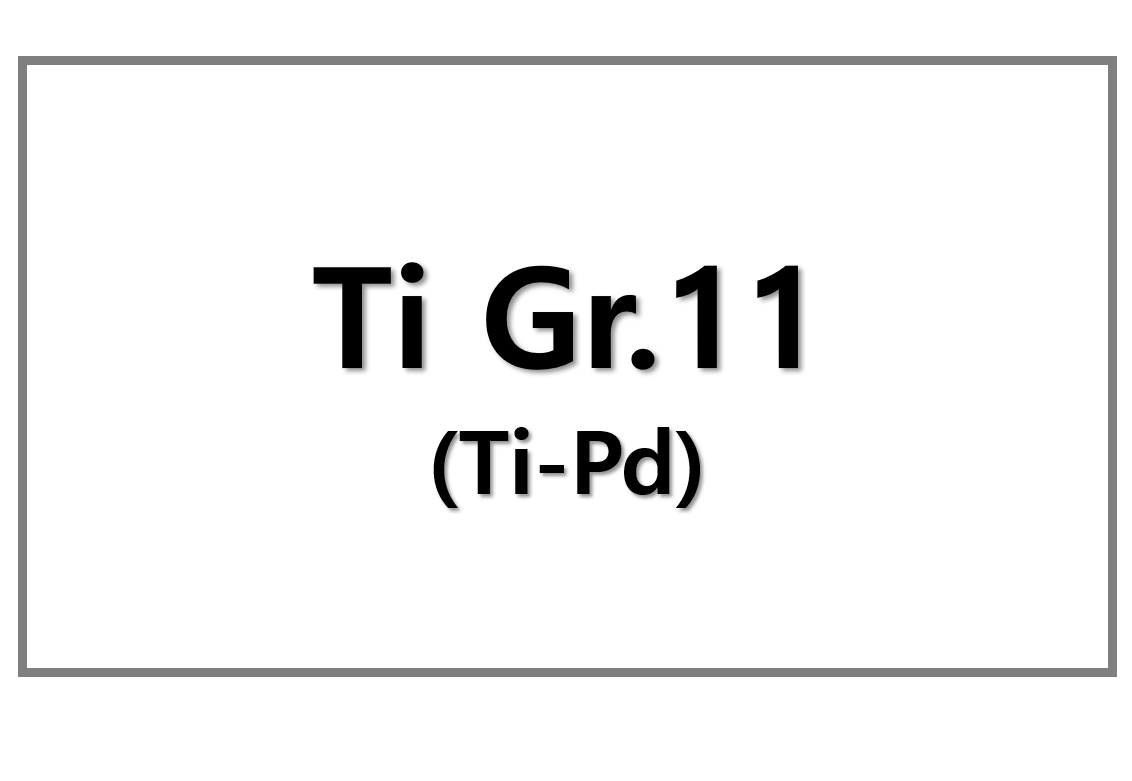
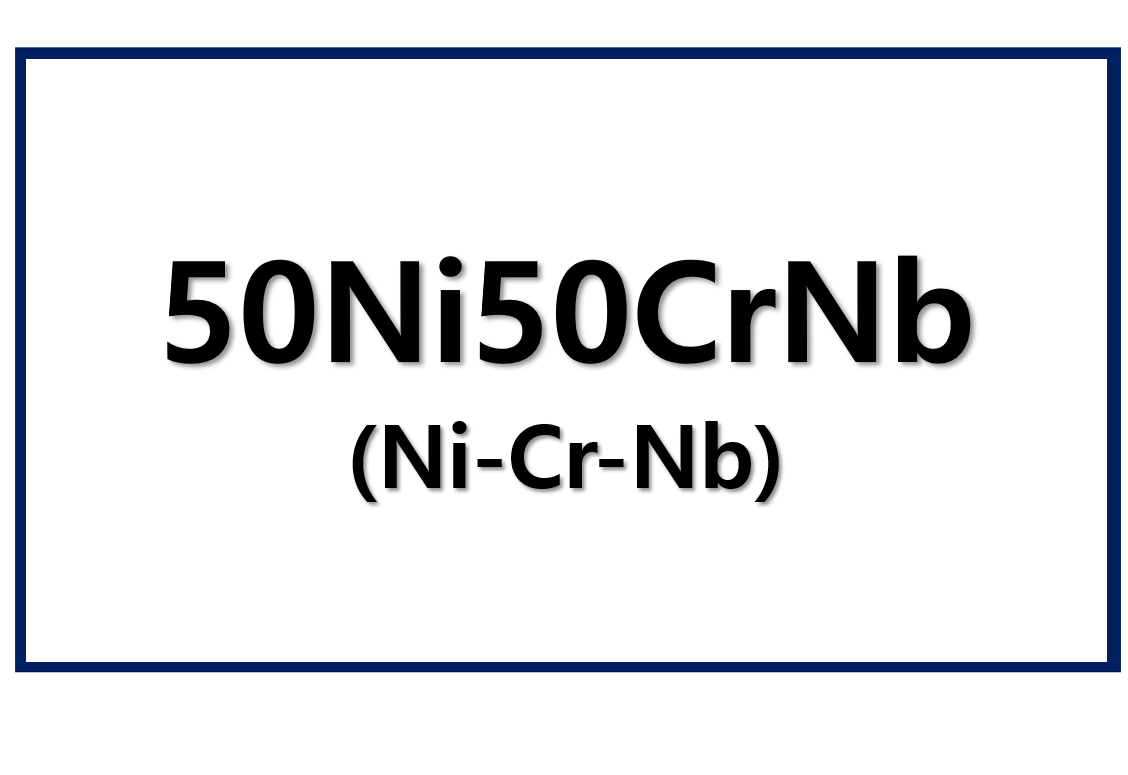
Leave a Reply
You must be logged in to post a comment.